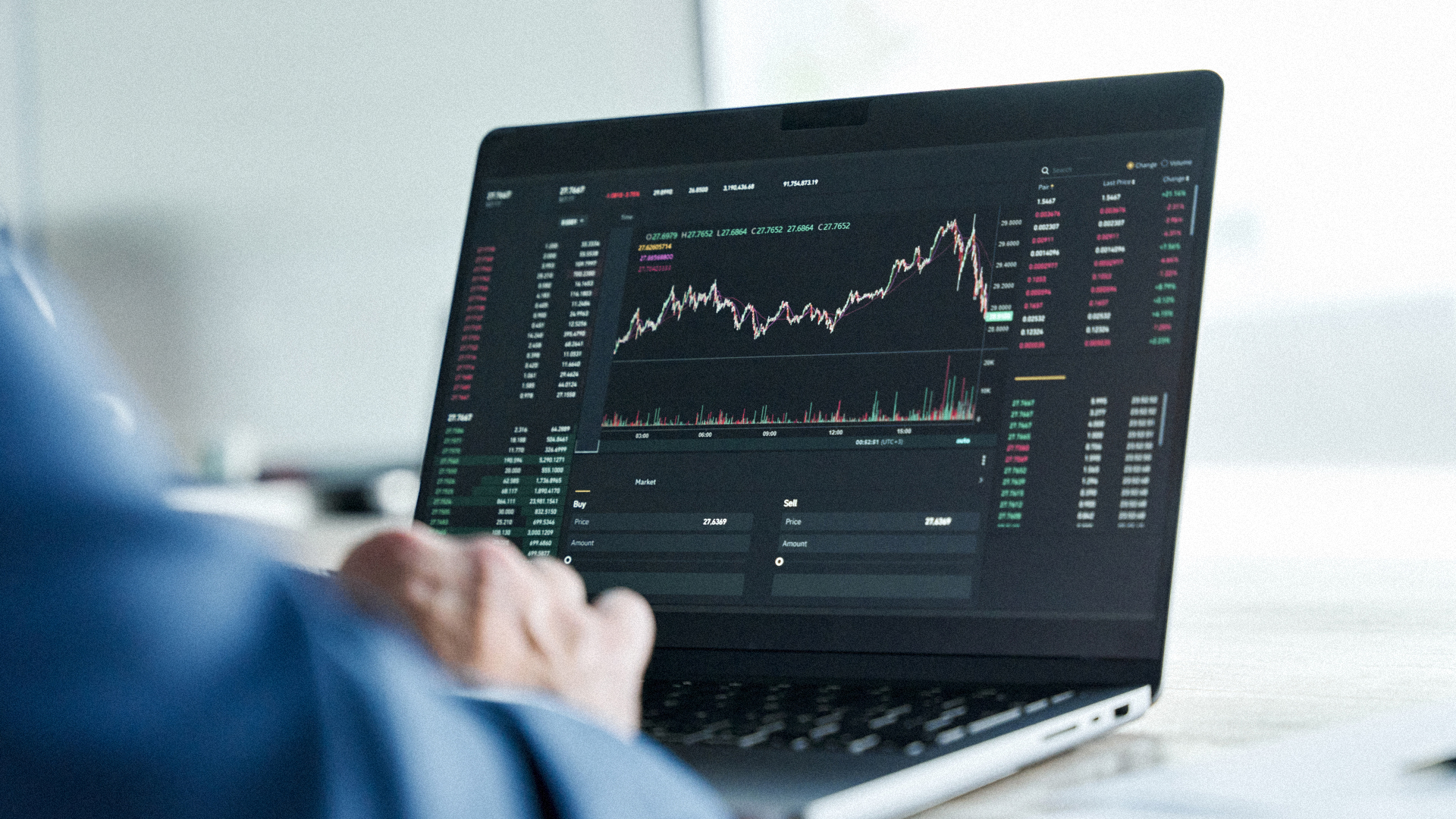Amidst the pandemic, forecasts based on historical data became largely irrelevant, and hoteliers were left scrambling for new, more accurate insights into future travel demand. Meanwhile, forward-looking data became more accessible, and hoteliers have begun placing more importance on their own internal on-the-books data, overlaid with new third-party datasets that provide forward-looking market data, competitor benchmarking data, and web-shopping analytics.
“Many operators are looking at data from STR from a month ago and are still not looking ahead,” says Nicole Tomasso, Director of Revenue Strategy at Dragonfly Strategists. Moving forward, historical benchmarking should normalize, and now forward-looking indicators are there to overlay and provide additional insight.
“We can no longer rely on 2019 data as much,” says Cormac Daly, Revenue Manager and Rooms Controller at the Lotte New York Palace in Midtown Manhattan. “We've got to look at what's happening now. It's really important to immediately identify where we see trends, where we see pick up, and how the booking windows change.”
At Remington, recency is king. Leaders benchmark against 2019, but are much more focused on analyzing month over month trends. “For example, we look at September recovery compared to 2019 and then how that compares to October, November, etc,” says Chief Commercial Officer Raul Moronta. “Year over year is not as important – metrics from the last three months are probably what we look at the most.”
Slow Top Line Revenue Growth
Leadership will expect continued growth, but providing results based on year-over-year comparisons will be challenging.
As an example, when forecasting demand for Q1 2023, comparing to Q1 2022 will provide little guidance as the U.S. was dealing with the effects of a strong Omicron wave. The same benchmarking challenges can be anticipated in Summer 2023: Graduations provide a large boost to many hotels; many graduations from the COVID-era were rebooked for 2022, and 2023 will see some year-over-year softening as a result, Tomasso suggested.
Recently, forward-looking datasets have become more readily available, aimed at providing a clearer picture of unconstrained demand and helping understand traveler decisions earlier in their booking journey. Hotel and flight search data, for example, helps anticipate future market behavior and provide a good understanding of booking intent.
“It’s not that our industry had a revelation, it’s just that is the data that’s available and most reliable today,” Tomasso says. “Looking backwards, it’s just not there anymore.”
She suggests tools that allow you to monitor forward-looking intent data by length of stay, country of origin, search terms, etc. Additionally, some hoteliers have implemented tools to measure search activity on their own direct websites – measuring what is commonly called “regrets” and “denials” – to get a better sense of unconstrained demand.
Once you start collecting and visualizing these datasets, you can begin the process of determining which of them actually correlate best to actual booking numbers, and how much impact they should actually have on your demand forecast.
Mike Medsker, Product Head at Otelier, suggests it’s important to blend both historical and forward-looking datasets. “When you think of forward-looking data as only the competitor benchmarking tools, you're missing your own internal dynamics,” he says. “You need to pair that insight with a really deep dive into your own internal analytics. It’s great to see the market is up 5%, but you need to understand the trends behind the numbers and how they’re going to impact your business internally.”
At Miraval by Hyatt, a portfolio of wellness destinations and spas, an increasingly important metric is RevPOG, or Revenue per Occupied Guest, which analyzes the total revenue from all outlets versus the number of guests that are serviced in the hotel. “PMS reports very often don't report on guests, or they don't report it correctly,” says Cecil Hopper, director of revenue optimization for Miraval Resorts by Hyatt. “They might have aggregated outlet data, but nothing at a granular level.”











